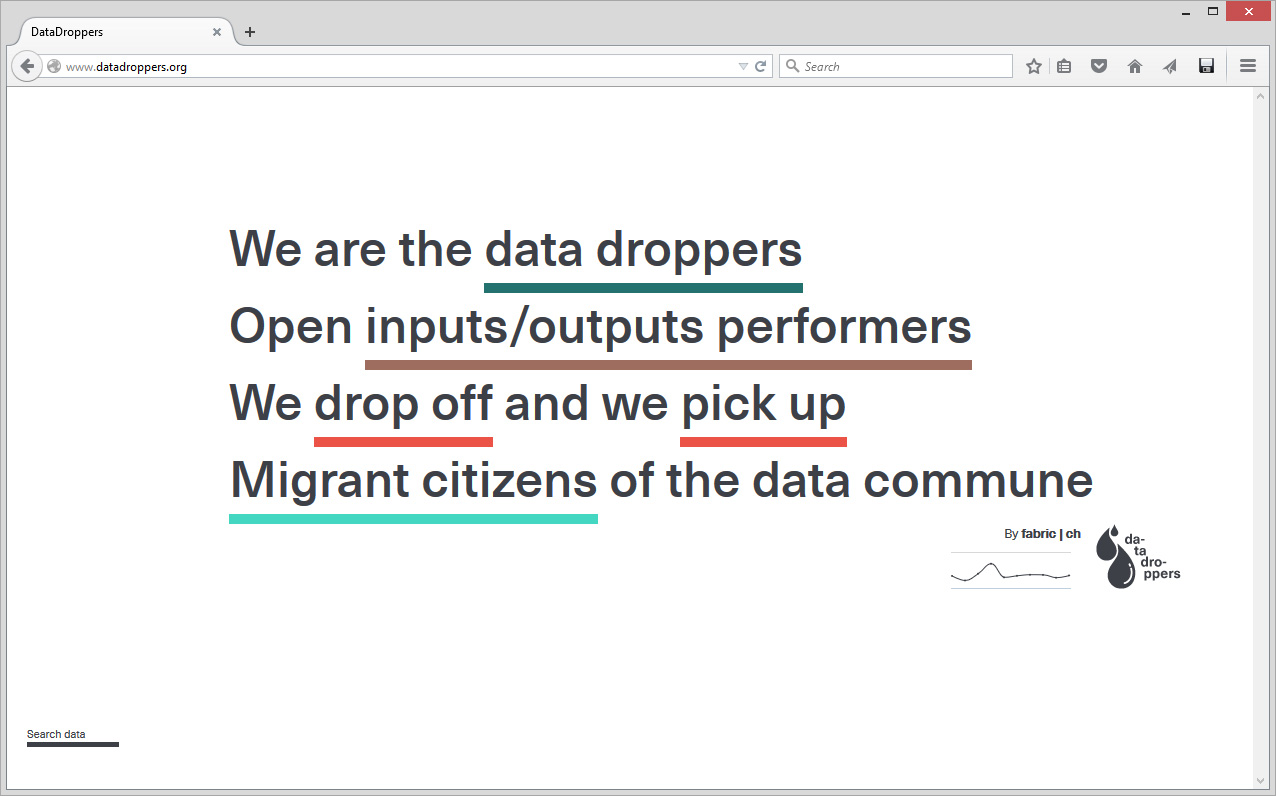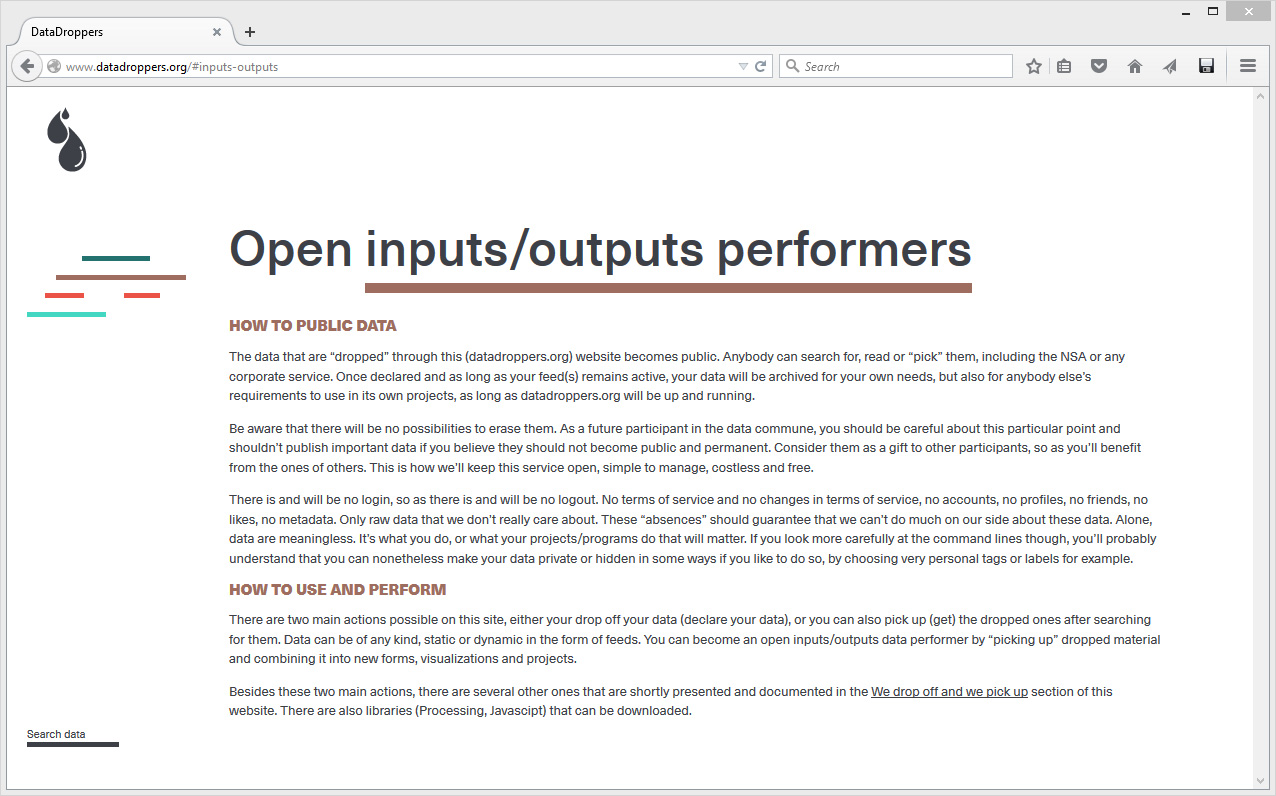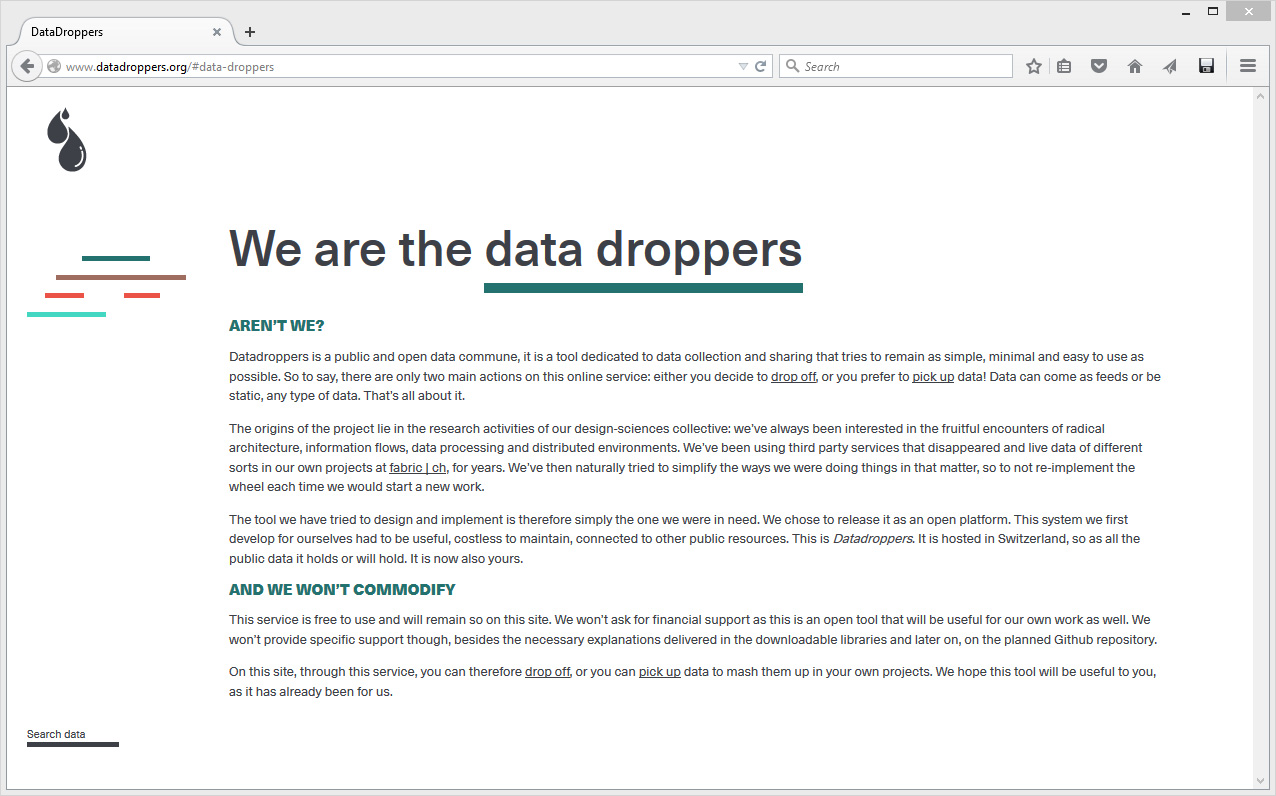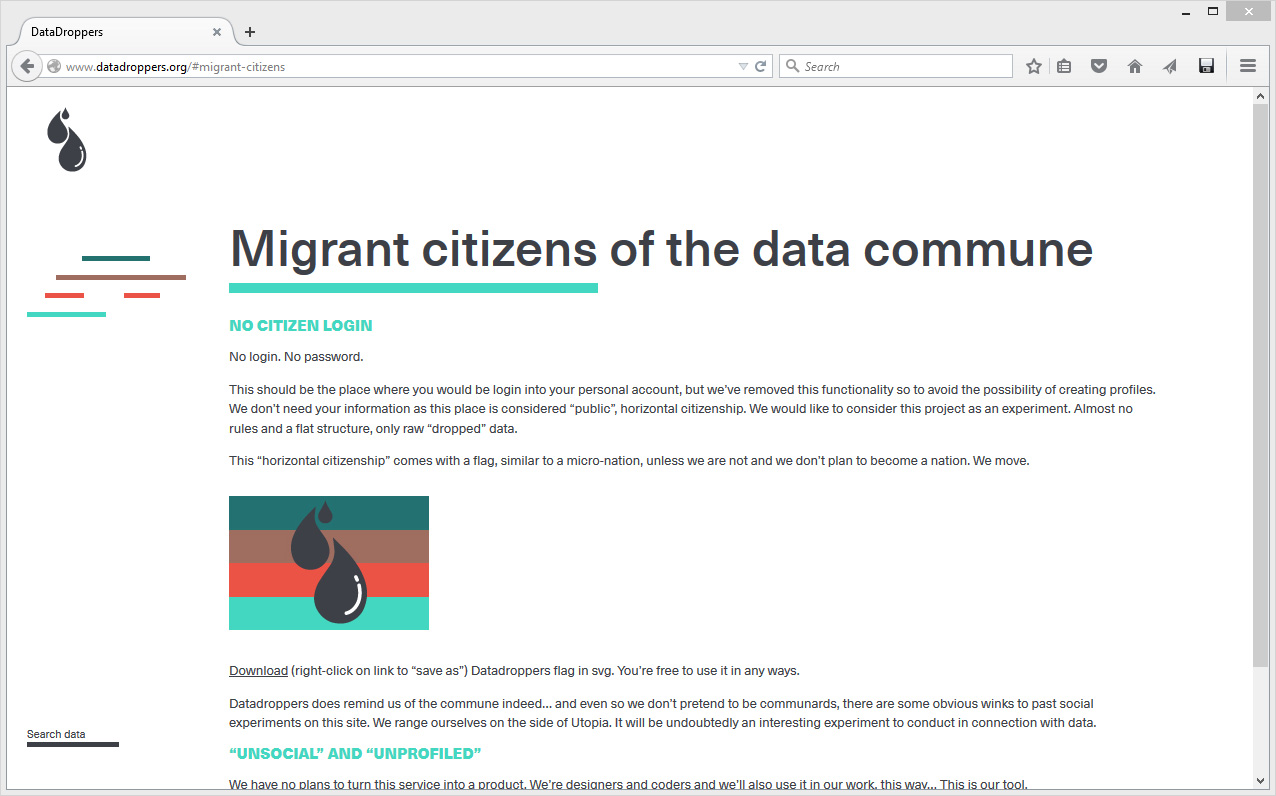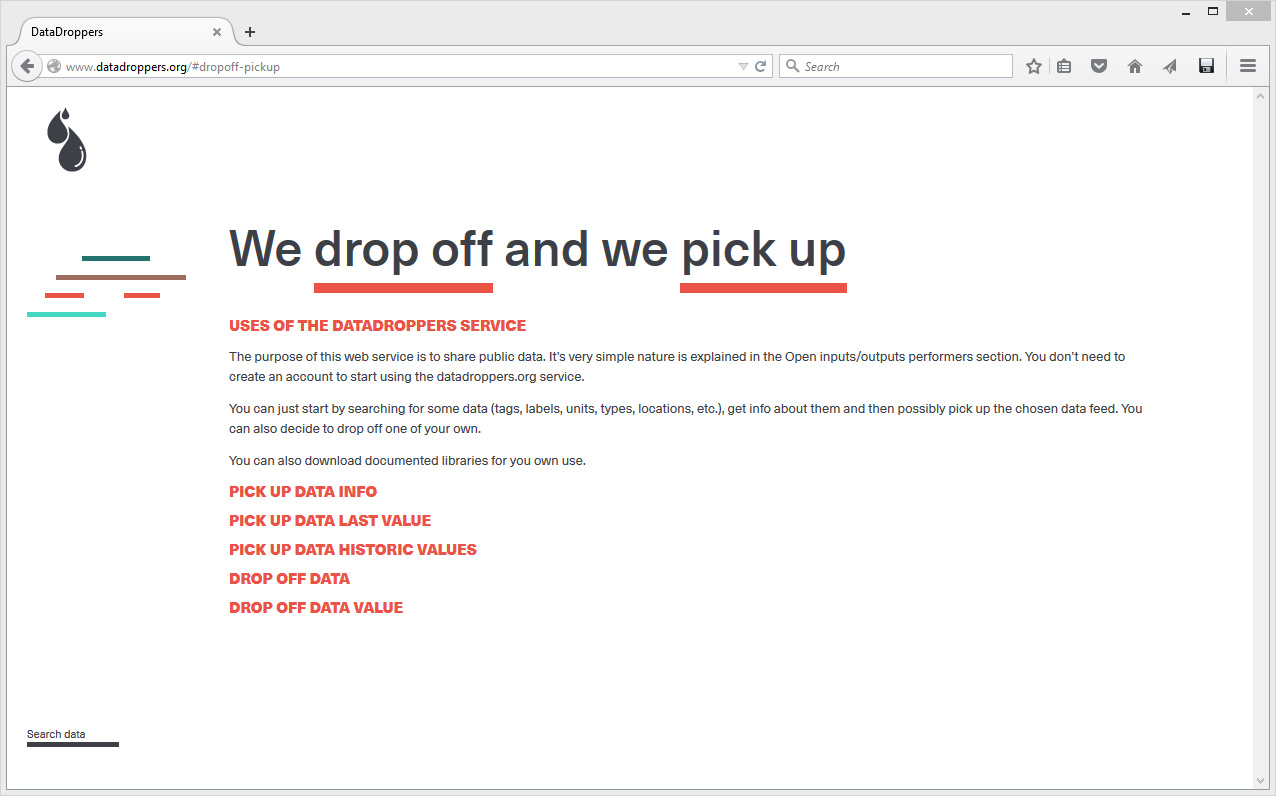Based on the design guidelines drawn from the wrap-up (recently published on this blog) and following a logic of “branching” from the existing (forks, branches, hacks, versions, etc.), we’ve identified in collaboration with the research team four main design projects/artifacts to further investigate in the context of Inhabiting and Interfacing the Cloud(s), following the questions addressed by the research project. These design artifacts are intended to become the major outputs from our joint research:
1° We will continue develop the open source tools, the related procedures and our OwnCloud Processing library, possibly developing a Javascript version of it as well. (Christian Babski)
2° By way of practical applications about these libraries, we will design and develop I&IC’s “branches” of OwnCloud (OwnCloud + scripts). They will favor alternative ways to operate and interact with the Cloud in direct link with the identified “motivations” to use this universal service. (Patrick Keller, Christian Babski)
3° A set of networked data objects (“controllers”, kind of…) will be developed directly in connection with the above “branches” of OwnCloud. In order to embody the usually hidden processes and data so as to trigger objective interactions with the personal cloud. (Lucien Langton)
4° We will retrofit the 19″ server cabinet built around the standard unit “U” with the purpose to create a domestic version, a kind of modular and highly decentralized “house/personal data center”. (Léa Pereyre)
In order to address the maker and designer communities, users will be able to openly access the blueprints, the parts, the files or the code of these elements (librairies, OwnCloud versions, “controllers”, 19″ Cabinet and develop or adapt their own versions from them).
I drew a series of scribbles lately to sustain our investigations towards this final design scenario. It will serve to frame the development range for our design artifacts (points 1° – 4° above and top slideshow). It is further explained with additional information and images below, after the break.
Continue Reading…























